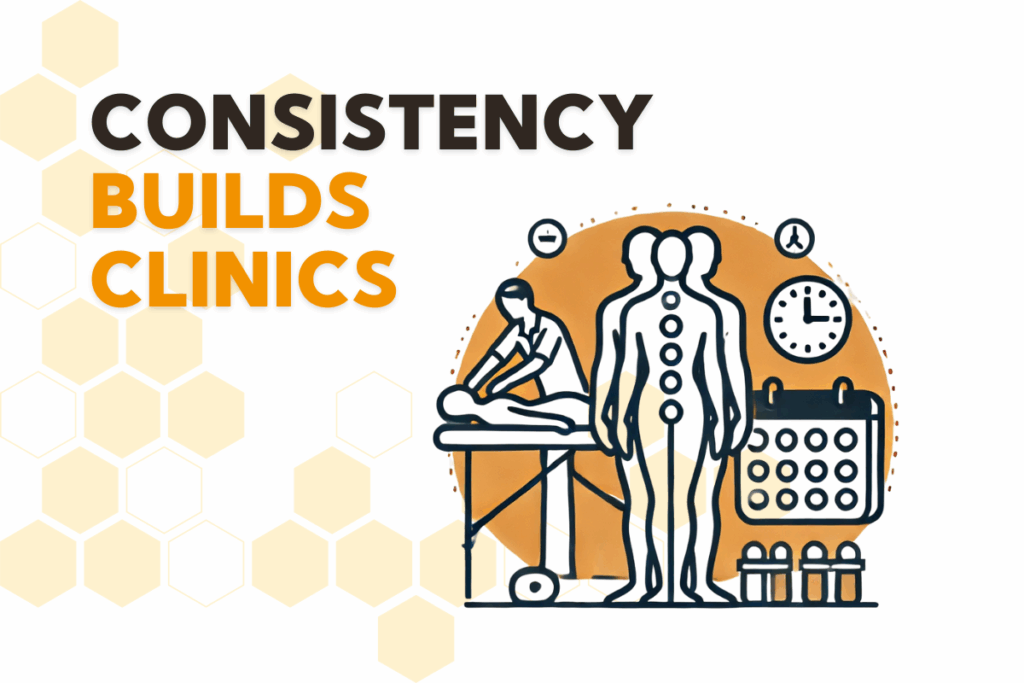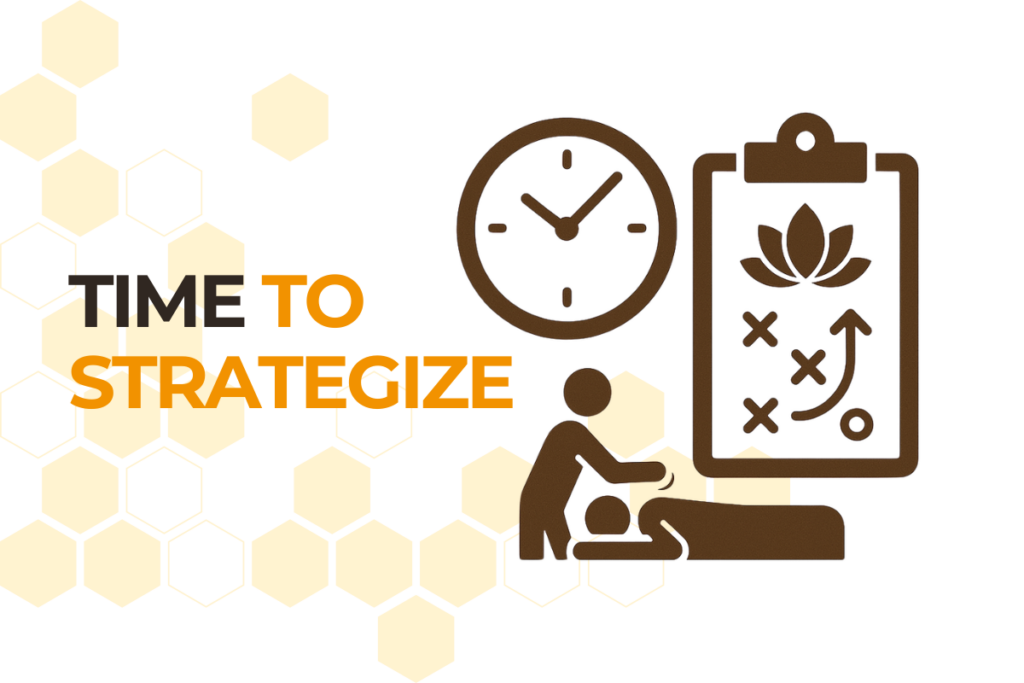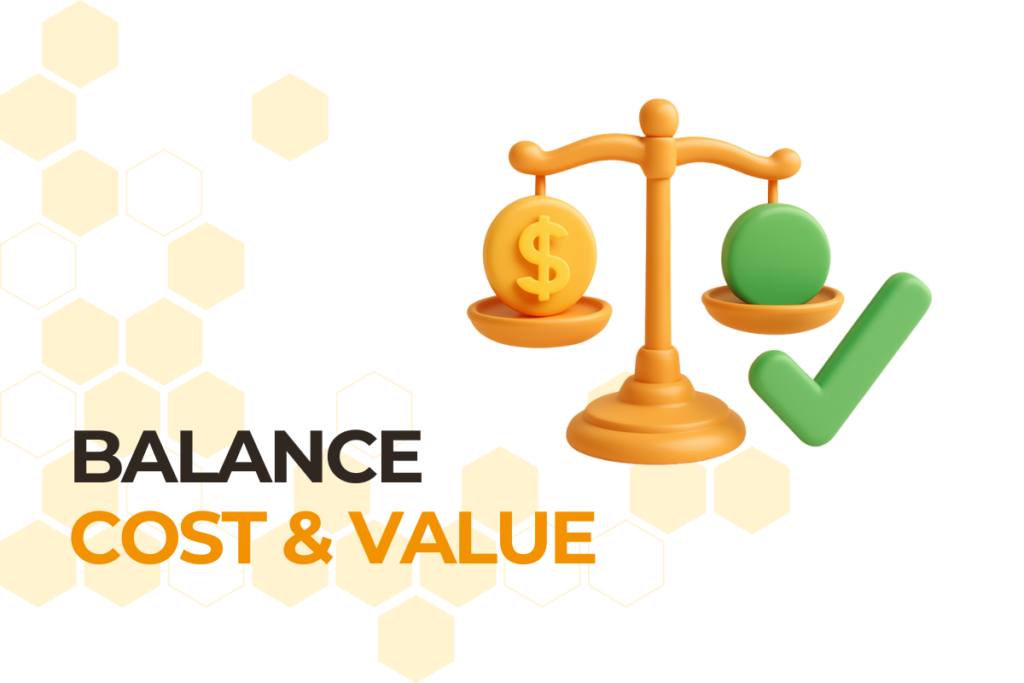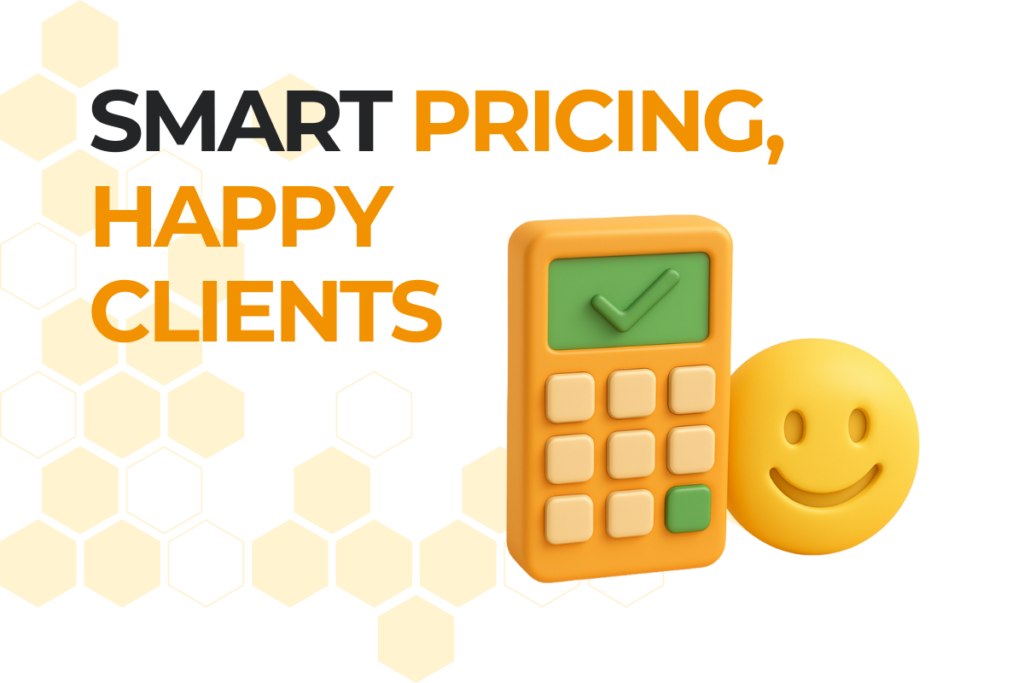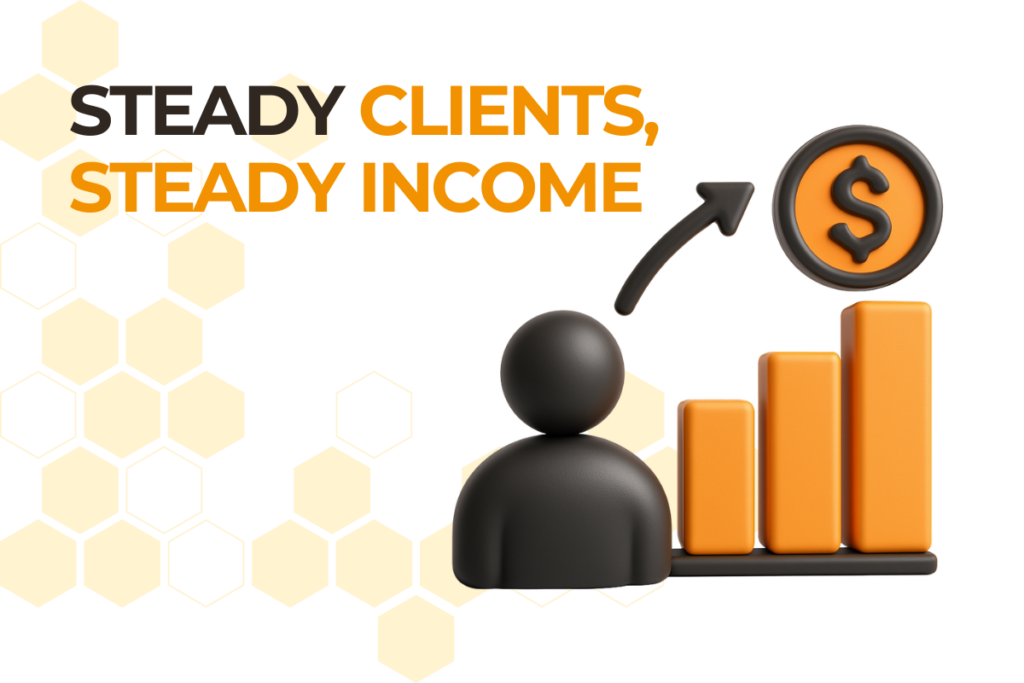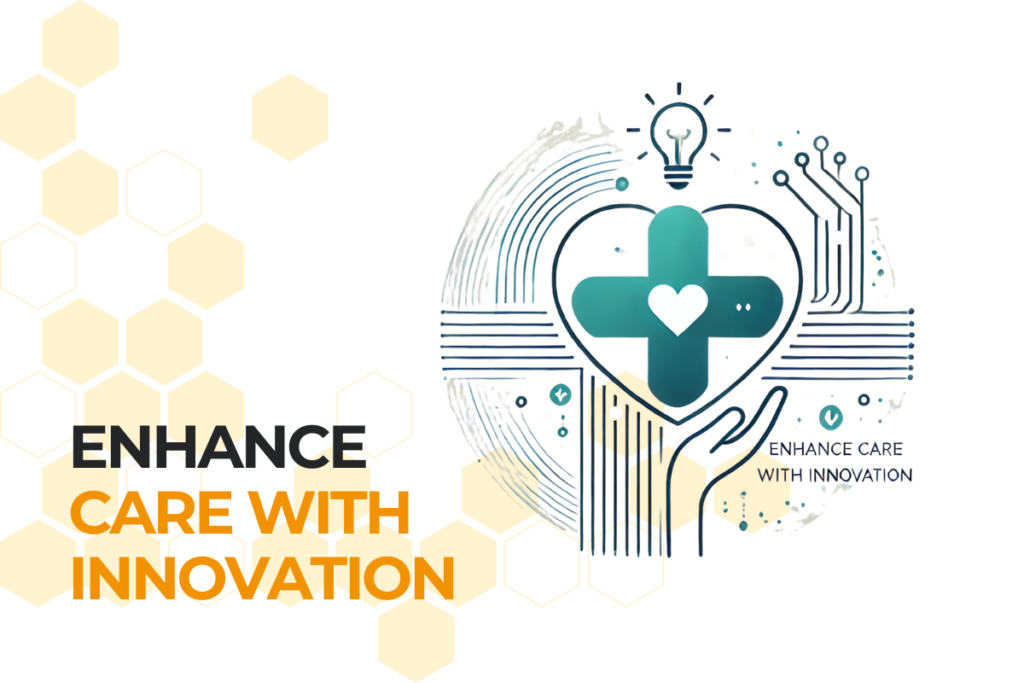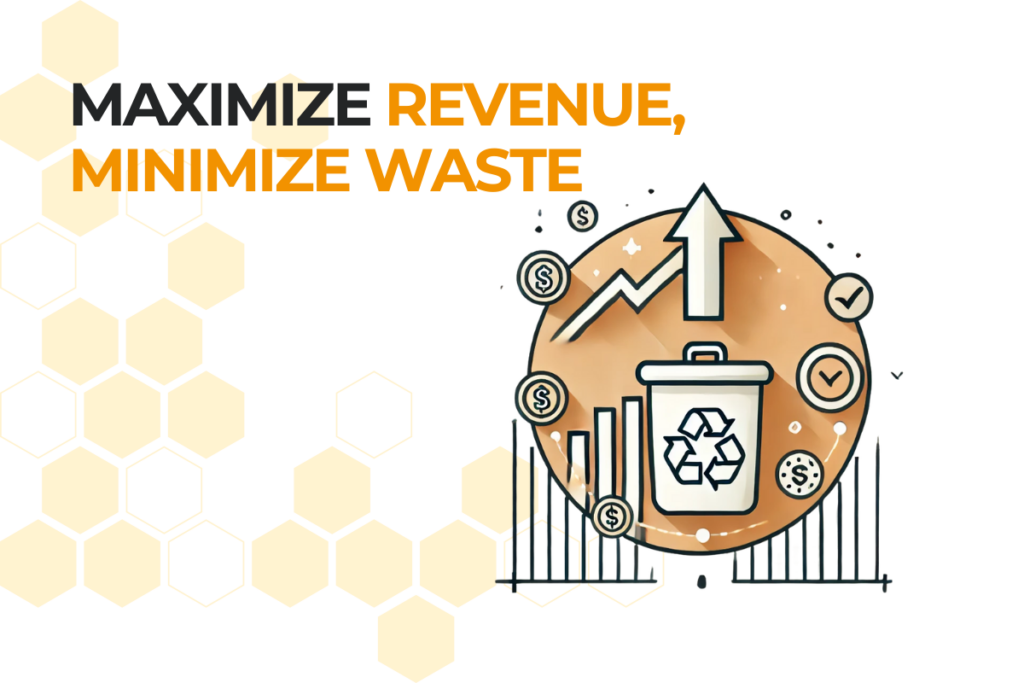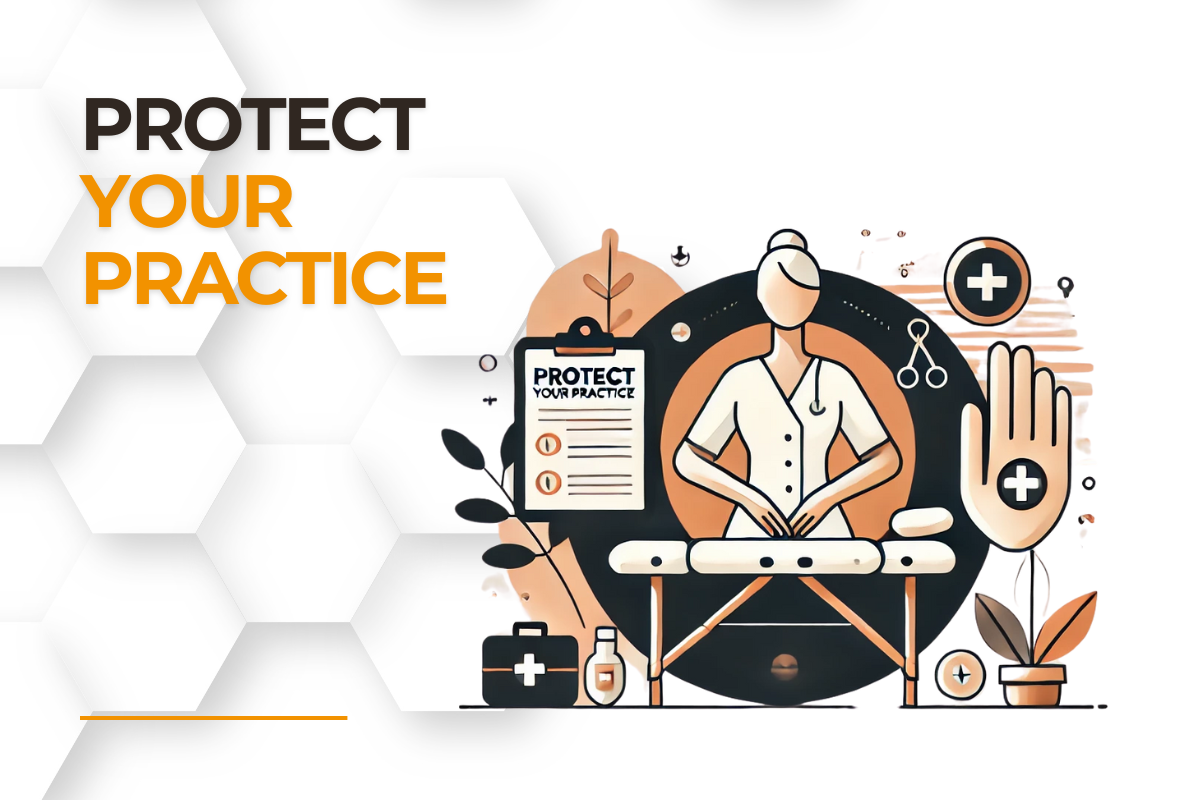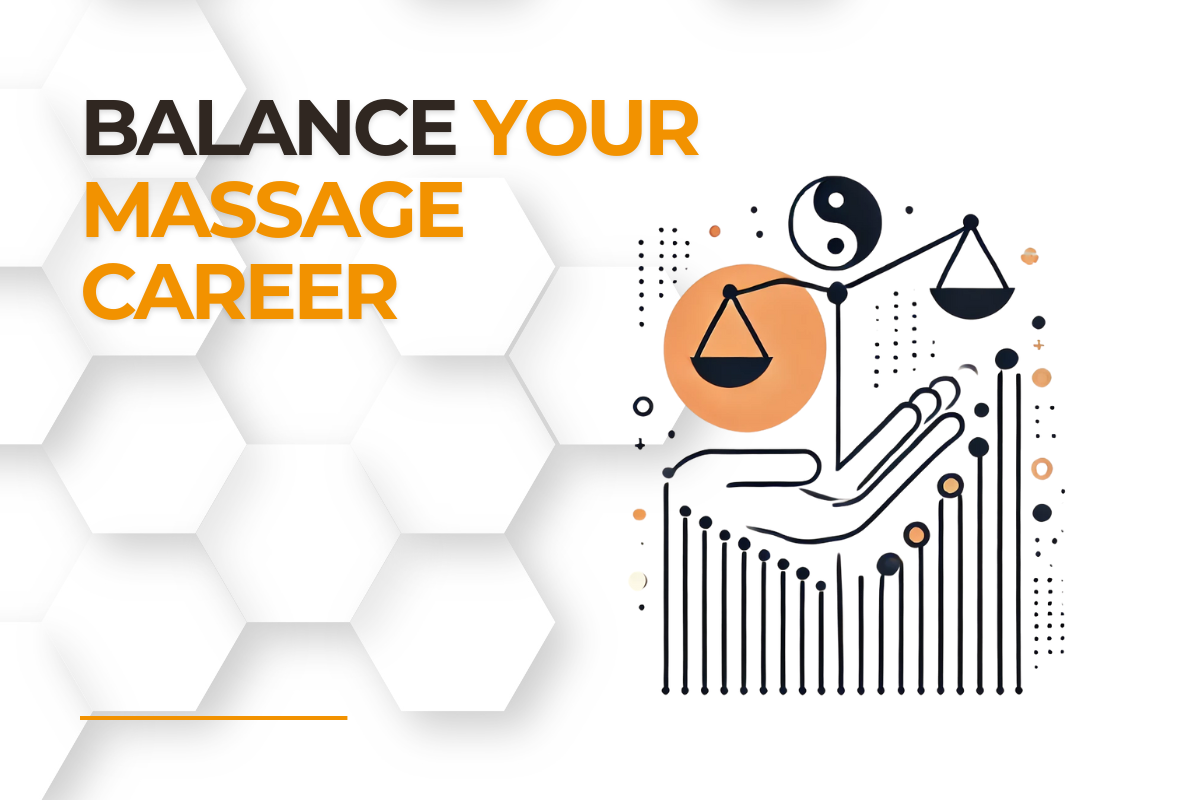Optimize Your Workflow and Elevate Client Care with All-in-One Solutions
Massage practice management software is essential for running a massage therapy practice, where juggling countless responsibilities—practitioner, scheduler, marketer, and administrator—all while providing top-tier client care can feel overwhelming. It helps free up time to focus on what matters most: building client relationships and delivering exceptional treatments.
That’s where all-in-one practice management software comes in. These robust solutions integrate key tasks into one user-friendly platform, eliminating the need for multiple tools or manual tracking. From automated appointment scheduling and reminders to simplified billing and client communication, advanced systems even include detailed reporting, inventory tracking, and marketing features, making it easier to grow your business efficiently.
By adopting an all-in-one software solution, you reduce administrative burdens and free up time to focus on client care. Picture a system that automatically sends appointment confirmations, logs client history, and recommends follow-up treatments—letting you concentrate on delivering the best possible services. This holistic approach not only enhances the client experience but also boosts loyalty and repeat business.
Many of these tools are cloud-based, giving you secure, round-the-clock access to your practice management data from any device. Manage your clinic from home or while traveling, and enjoy the benefits of streamlined operations: less stress, higher efficiency, and more time to deliver client-centered care. Choosing the right all-in-one platform isn’t just convenient; it’s a strategic move that sets the stage for sustainable growth and long-term success.
Key Features to Look For
Selecting the ideal software is a pivotal step in building a successful massage therapy practice. Your solution should simplify operations and improve the client experience. Below are the features you’ll want to prioritize:
Online Booking
- 24/7 Convenience: Enable clients to schedule anytime, preventing missed booking opportunities.
- Calendar Integration: Sync with your calendar to avoid double bookings and maintain smooth workflows.
- Client Flexibility: Let clients view availability, book, reschedule, or cancel online without hassle.
Automated Appointment Reminders
- Reduce No-Shows: Automated email or text reminders help clients keep their appointments.
- Customizable Settings: Tailor reminder types and timing to your clinic’s needs.
- Professional Communication: Timely reminders help clients feel valued and informed.
Digital SOAP Notes
- Secure Client Records: Store session histories, treatment plans, and progress notes in one encrypted, compliant system.
- Time-Saving Templates: Use templated or pre-filled fields for faster, more accurate documentation.
Customizable Intake Forms
- Personalized Experience: Adapt forms to gather essential client info, including medical history and preferences.
- Streamlined Onboarding: Offer digital forms clients can fill out prior to appointments.
- Reduced Paperwork: Minimize clutter and keep records precise and organized.
Integration and Scalability
- Third-Party Compatibility: Ensure the software can connect with accounting, marketing, or inventory systems you already use.
- Room to Grow: Choose a platform that can expand with your practice—whether you add services, hire more staff, or open new locations.
Client Communication Tools
- Two-Way Messaging: Communicate with clients professionally and promptly.
- Automated Outreach: Send follow-ups, surveys, and promotions to nurture lasting client relationships.
By ensuring your software includes these capabilities, you’ll streamline daily tasks and deliver a seamless client experience. Investing in a comprehensive solution now positions your practice for sustained success.
Essential Tools for a Thriving Practice
Beyond top-quality treatments, a successful massage therapy business relies on strategic tools that bolster operations, enhance client satisfaction, and support growth. Here are additional features that make a significant impact:
Marketing Promotions
- Built-In Campaigns: Use integrated marketing features to attract new clients and engage existing ones.
- Targeted Offers: Develop seasonal promotions, referral bonuses, or loyalty rewards aligned with your goals.
- Automated Messaging: Send personalized offers and reminders via email or text to boost bookings.
Reporting & Data Analytics
- Track Performance: Monitor retention rates, average revenue, and peak booking times to stay informed.
- Identify Trends: Learn which services and marketing efforts work best.
- Financial Insights: Generate detailed reports to spot inefficiencies and guide future investments.
- User-Friendly Dashboards: Make data-driven decisions quickly with clear, concise visual reports.
Direct Billing & Quick Payments
- Integrated Billing: Simplify financial processes, including direct insurance billing if applicable.
- Multiple Payment Options: Allow credit cards, digital wallets, and contactless methods for convenience.
- Fast Invoicing: Minimize errors and save time with automated billing, enhancing client satisfaction.
Client Feedback Tools
- Surveys & Reviews: Collect post-appointment feedback to gauge satisfaction and areas for improvement.
- Ongoing Improvement: Use client input to refine services and build a stronger reputation.
Inventory Management
- Real-Time Tracking: Keep tabs on essential supplies like oils and linens.
- Automated Alerts: Avoid shortages with notifications when stock runs low.
Automated Follow-Ups
- Post-Session Outreach: Send personalized messages thanking clients, providing aftercare tips, or prompting rebookings.
- Client Loyalty: Show genuine attention and care to reinforce relationships.
Team Management Tools
- Multi-Therapist Coordination: Schedule staff efficiently, track performance, and facilitate internal communication.
- Workload Balance: Ensure equitable distribution of appointments and consistent service quality.
Implementing these tools within your practice management system streamlines operations, improves the client journey, and sets the stage for sustained growth. You’ll save time while creating a polished, client-focused environment that stands out.
Onboarding and Support: A Smooth Transition
Embracing new software need not be stressful. With the right provider, onboarding can be an easy, guided process that helps you and your team quickly integrate the new system into daily operations. Here’s what makes a strong onboarding and support framework:
Guided Onboarding for a Confident Start
- Step-by-Step Setup: Comprehensive walkthroughs ensure you’re comfortable with everything from initial setup to advanced features.
- Personalized Training: Tailored sessions address your practice’s unique requirements.
- Resource Libraries: Access manuals, video tutorials, and FAQs at your own pace.
- Data Migration Assistance: Seamlessly transfer client records and appointment histories from an old system without losing critical information.
Customer Support That Cares
- Responsive Help: Dependable support resolves technical issues and operational questions quickly.
- Multiple Channels: Choose from live chat, email, phone, or in-app messaging for assistance.
- Proactive Problem Solving: Some providers monitor your system to fix potential issues before they escalate.
- Dedicated Account Managers: High-end solutions may assign an account manager for personalized guidance.
Ongoing Support for Long-Term Success
- Regular Updates: Opt for software that evolves through frequent feature enhancements and security improvements.
- Community & Networking: Join user groups to share best practices and insights with fellow professionals.
- Feedback Opportunities: Look for providers that value your input and factor it into future updates.
With guided onboarding and robust support, you can adopt new tools confidently, train your team effectively, and keep operations running smoothly. A strong support system not only simplifies the transition but also helps you make the most of your software as your business grows.
Allow Automation to Handle the Business Side of Your Practice
Running a massage therapy clinic is about more than hands-on treatments; it also involves numerous administrative tasks that can be tedious and time-consuming. Automation allows you to refocus on your craft and significantly lighten your daily workload:
Streamline Appointment Scheduling
- 24/7 Accessibility: Clients can book appointments anytime that suits them.
- Real-Time Updates: Prevent double bookings with synced calendars.
- Waitlist Management: Automatically fill last-minute cancellations, keeping your schedule full.
Enhance Client Communication
- Appointment Reminders: Automated emails or texts reduce no-shows and tardiness.
- Follow-Up Messages: Retain clients with personalized post-session outreach.
- Promotional Outreach: Automate marketing for birthdays, loyalty rewards, or targeted offers.
Simplify Financial Tracking
- Invoicing & Payments: Automatically generate invoices and process payments, minimizing errors.
- Direct Billing: Streamline insurance claims for quicker reimbursements.
- Instant Reporting: Access real-time revenue, expense, and profit data to inform business decisions.
Optimize Client Record Management
- Digital SOAP Notes: Securely store session notes, treatment plans, and client preferences.
- Personalized Care: Use client histories and reminders to suggest tailored treatments, improving satisfaction.
Reclaim Time and Energy
Automating repetitive tasks frees up hours each week for what you do best—caring for your clients. You could also invest this newfound time in expanding your skill set or growing your business strategically.
Scale Your Practice with Ease
Automation isn’t just about handling your current workload; it’s also a proven way to grow seamlessly. Adding team members, introducing new services, or opening additional locations becomes far simpler when core processes are automated.
By entrusting automation with the day-to-day business tasks, you cultivate an efficient, client-focused practice with less stress and greater potential for long-term success.
Transitioning to a New Platform: What to Look For
Switching to a new software solution can be intimidating, but the right platform ensures a smooth, low-stress transition. Focus on software that meets these essential criteria:
User-Friendly Design
- Intuitive Interface: A clean, logical layout is crucial for quick adoption by your team.
- Minimal Learning Curve: Look for tutorials and guides that help everyone get started without extensive training.
Flexibility and Customization
- Adaptable Workflows: Every clinic is different—your software should allow you to tailor forms, services, and processes to your unique needs.
- Scalability: Ensure the platform can evolve alongside your practice, whether you’re hiring more staff or opening new locations.
Proven Ease of Use
- Highly Rated for Usability: Reviews and testimonials from massage therapists and business owners can provide valuable insights.
- Streamlined Processes: Efficient software should automate tasks from scheduling to billing, giving you more time with clients.
Robust Support for a Smooth Transition
- Onboarding Assistance: Choose a provider that helps you set up, import data, and learn the system fundamentals.
- Reliable Customer Support: Look for responsive support channels to address any issues during the switch.
Additional Features That Enhance the Transition
- Import Tools: Seamlessly migrate client records, schedules, and financial data to minimize downtime.
- Trial Periods or Demos: Test the platform before committing through free trials or live demonstrations.
Opting for software that is intuitive, flexible, and recognized for simplicity will not only ease your transition but also set the foundation for long-term practice management success. It’s an investment that saves you time, lowers stress, and positions your clinic to thrive.
Massage Scheduling Software and Beyond
Building a flourishing massage therapy practice requires more than just appointment bookings. Modern scheduling software delivers tools that streamline different aspects of your business, enhancing both efficiency and profitability:
Room, Resource, & Location Management
- Effortless Room Allocation: Automatically match clients to free treatment rooms based on the schedule.
- Resource Tracking: Keep tabs on tables, hot stones, and specialized equipment, reducing booking conflicts.
- Multi-Location Support: Manage schedules and resources for multiple clinics from one dashboard.
- Maximize Availability: Eliminate overlapping or idle periods to accommodate more clients smoothly.
Comprehensive Financial Tools
- Revenue Tracking: View earnings by service type, therapist, or time frame to identify top-performing offerings.
- Expense Management: Track rent, utilities, and other operational costs in one system.
- Payroll Simplification: Let the software handle staff or contractor payouts based on hours or commissions.
- Detailed Financial Reports: Easily generate reports for taxes, budgets, or loan applications.
- Forecasting Tools: Use historical data to set pricing, plan staffing, or expand services effectively.
Beyond the Basics: Advanced Features to Consider
- Client Retention Analytics: Evaluate rebooking rates and service frequency to spot opportunities for improved client loyalty.
- Marketing Integration: Measure ROI on promotions and referral programs to refine your outreach strategies.
- Inventory Management: Receive automatic restock alerts for critical supplies.
- Team Performance Tracking: Assess therapist performance using feedback, rebooking data, or revenue metrics.
Investing in scheduling software with these capabilities not only simplifies daily operations but also enables strategic decision-making for growth. You’ll be better equipped to deliver excellent client care and steer your practice toward higher profitability.
Essential Reads for Massage Therapists
Continuing education and staying informed are crucial for honing your skills and operating a thriving massage therapy practice. Below are key resources that help therapists navigate both the business and clinical facets of their profession:
13 Best Massage Therapy Software Solutions for 2024 and 2025
Discover top-rated platforms built specifically for massage therapy clinics. This resource includes:
- Comprehensive Reviews: Detailed breakdowns of features, pricing, and usability.
- Comparison Charts: A side-by-side overview of scheduling, client management, and financial tracking capabilities.
- Specialized Features: Software tailored for solo practitioners, multi-location clinics, or unique operational needs.
- Actionable Recommendations: Tips on selecting the best solution based on practice size and goals.
Whether you’re upgrading your current system or moving from manual processes, this guide helps you choose the right tools for efficiency and client satisfaction.
How to Thrive as an Independent Massage Therapist
Succeeding as a solo massage therapist requires more than hands-on expertise. This resource covers:
- Business Essentials: How to handle finances, price your services, and streamline operations.
- Marketing Strategies: Tactics for social media, networking, and word-of-mouth growth.
- Work-Life Balance: Advice on setting boundaries, managing your schedule, and avoiding burnout.
- Professional Development: Ways to expand your skill set and stay current with industry innovations.
Ideal for independent therapists aiming for a practice that’s both rewarding and profitable.
Finding a Massage Room for Rent: Important Things to Know
Selecting the right space for your massage therapy business can greatly affect its success. Learn about:
- Key Considerations: Location, accessibility, and overall client convenience.
- Budgeting Tips: Understanding rental fees, hidden costs, and negotiation strategies.
- Legal & Contractual Insights: How to review and negotiate lease terms to protect your interests.
- Design & Atmosphere: Creating a calming, professional environment that aligns with your brand.
Whether you’re starting out or expanding, this guide helps you make a well-informed decision about your workspace.
By exploring these resources, massage therapists gain valuable knowledge and practical tools to grow their practices, tackle common challenges, and stay competitive in a fast-evolving industry.
Hands-Off Massage Therapy Software Built for Hands-On Therapists
As a massage therapist, your energy is best spent connecting with clients and delivering standout services—not bogged down by administrative duties. That’s where specialized practice management software comes to the rescue. Designed for busy, hands-on professionals, these systems simplify your clinic’s operations so you can concentrate on what truly matters.
Revolutionize Your Daily Operations
The right software can reshape how your clinic runs:
- Effortless Scheduling: Give clients 24/7 online booking, automated waitlists, and recurring appointments.
- Automated Communication: Slash no-shows with appointment confirmations, reminders, and post-session follow-ups.
- Integrated Billing & Payments: Streamline invoicing, direct billing, and payment processing in one centralized tool.
Intuitive Features for Busy Therapists
Thoughtfully designed software makes your job easier:
- Instant Access to Client Records: Retrieve digital SOAP notes and treatment histories with a single click.
- Workflow Optimization: Track room availability, staff schedules, and inventory from one hub.
- Valuable Insights: Use built-in analytics to uncover trends in revenue, client retention, and service demand.
Dedicated Support for Peace of Mind
Shifting to new software is simpler with a supportive provider:
- Guided Onboarding: Step-by-step assistance to set up your account and migrate data seamlessly.
- Reliable Customer Support: Multiple channels for help—live chat, email, or phone.
- Frequent Updates: Stay current with regular software enhancements and security upgrades.
Grow Your Practice with Confidence
Practice management software is more than a time-saver; it’s the cornerstone of sustainable growth:
- Boost Client Loyalty: Personalize follow-ups, rebooking nudges, and special promos to keep clients returning.
- Scale Effortlessly: Whether adding team members, expanding services, or opening new locations, robust software adapts alongside you.
- Focus on What Matters: With administrative tasks automated, you can devote energy to perfecting your craft and nurturing client relationships.
By choosing hands-off software specifically built for massage therapists, you’ll spend less time on paperwork and more time on what you do best—caring for your clients and growing your practice confidently.
Empower Your Practice with the Right Tools
Your practice deserves the very best tools to help it flourish. By selecting an all-in-one massage therapy software solution, you can enhance operational efficiency, elevate client satisfaction, and devote more energy to expanding your business. For further insights on optimizing your clinic, explore the suite of tools offered by Hivemanager to seamlessly elevate your practice’s performance.
FAQs
What Should I Look for in Massage Therapy Software? Search for platforms with online booking, automated reminders, customizable intake forms, and digital SOAP notes. Make sure it’s easy to use and scalable for future growth.
How Can I Ensure Data Security? Opt for HIPAA-compliant solutions that employ robust encryption and secure storage to protect sensitive client information.
Will Software Help Reduce My Workload? Absolutely. Automation manages scheduling, billing, and communication tasks, freeing you to focus on client care.
Can Software Support Marketing Efforts? Yes. Many platforms include built-in marketing features for promotions, client retention campaigns, and performance analytics.
